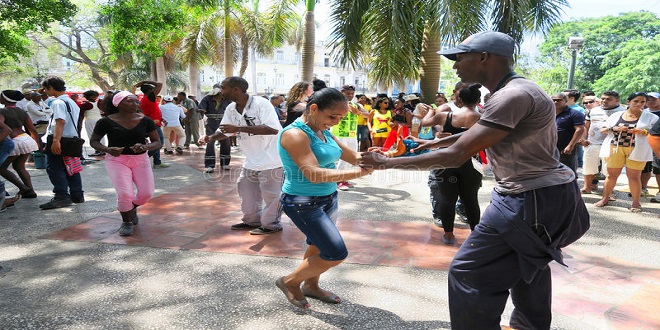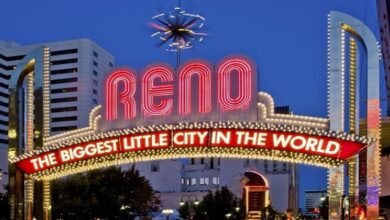Salsa in Havana vs Tango in Buenos Aires

Lovers of Latin music and dance could be forgiven for thinking that Buenos Aires, with its passion for tango, is unrivaled as a place to learn dance. But anyone who has spent time in Havana would beg to differ – Cuba’s capital city is considered to be the global destination for Afro-Latin dance.
From the sentimental son to sizzling salsa, music and dance are the pulsating undercurrents to Cuban life. Everywhere you go in Havana, you are surrounded by melodious rhythms. The soft notes of Spanish guitars echo along cobbled streets full of the romance of history, while the throbbing beat of brassy salsa tunes rises above the wheezing of patched-up cars from the 1950s clattering past centuries-old cathedrals and castles
The Cuban love of salsa reflects an instinct for gaiety that turns material adversity on its head. Couples dance in the street to overtly sexual numbers and by night, younger Cubans flood the city’s nightclubs. Women are whisked onto the dance floor and whirled around to thrilling timba, a recent salsa craze that’s both energetic and innovative. Buenos Aires and tango seem tame in comparison. If salsa whets your appetite for dance, why not also try rumba, the African soul of Cuban music. Its dance rhythms can be either sensual and dynamic, or slow and sad.
And who better to teach you the complicated steps than Cubans themselves, deemed the world’s finest dancers? Several hotels in Havana offer classes, as do local troupes and freelancing tutors. You can also sign up for package tours that teach you how to swivel your hips like the Cubans. After class, you can sip mojitos and smoke fine cigars in bars such as El Floridita and La Bodeguita del Medio. Then, you can up the ante and let your hair down dancing on stage at famously colorful cabarets, such as the Tropicana.
FORGET TANGO IN BUENOS AIRES?
THE BUILD-UP
The capital of Argentina has plenty of European sophistication and style, and tango, the melancholic dance that evolved in the brothels of 19th-century Buenos Aires, draws many visitors to the city. Several firstclass restaurants host tango shows in the evening, dancers perform in the streets of San Telmo and many studios teach you the moves
THE LETDOWN
Tango in Buenos Aires feels like a well-worn cliché. The dance form’s explosion of popularity has resulted in a flood of foreigners. The barrio (quarter) of San Telmo gets crowded with gawking tourists, especially when cruise ships are in town. And dance studios are often packed with tourists on learn-to-dance package vacations.
PRACTICAL INFORMATION
Getting There and Around
Havana’s José Martí International Airport on the outskirts of Havana is served by flights from Europe, Canada, and Latin America. The city has an efficient and inexpensive, albeit crowded, bus system. Taxis are plentiful, although the main tourist spots can be explored on foot.
Where to Eat
Dining is not a strong point, and the best bargains are in paladares (private restaurants). The best of these is La Guarida (Concordia 418; tel. +53 786 37351; www.laguarida.com), which gets packed. The area is unsafe to walk at night, so take a taxi.
Where to Stay
The atmospheric Hotel Raquel, (Calles Amargura and San Ignacio; tel. +53 786 08280; www.habaguanexhotels.com) is an Art Deco masterpiece.
Last word
Add to that the city’s simmering prerevolutionary allure. Habana Vieja (Old Havana) is a treasure-trove of magnificent colonial buildings, many of which have recently emerged from restoration as hotels, restaurants, and museums. Dance classes are taught in Vedado, an early 20thcentury district imbued with effusive Art Deco, Beaux Arts, and Modernist structures with a tropical twist. Most of the venues, hardly changed since the 1950s, offer a glimpse of a once-gilded era.





